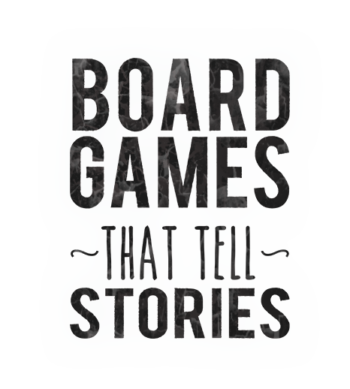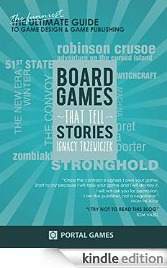Intimidating

The Battle of Five Armies – based on the climax of JRR Tolkien’s novel The Hobbit – pits the hosts of the Elvenking, the Dwarves of Dain Ironfoot, and the Men of the Lake led by Bard the Bowman against a horde of Wolves, Goblins and Bats led by Bolg, son of Azog. It is a standalone game based on the rules for the epic War of the Ring. It has over 100 miniatures, a big board, cards, tokens… It is freakin’ The Battle of Five Armies. I knew it. I will never be able to learn how to play it.
I had this with the Twilight Struggle. I had this with the War of the Ring. I had this with Clash of Cultures. I had this with a lot of games whose reputation and fame told me: „Don’t even try, you won’t get it.” And then I tried, I sat down with the rulebook, and it turned out that they weren’t so scary. That I get it. That I have a lot of fun with them.
The Battle of Five Armies is based on a simple action selection mechanism – in his round, the player rolls a pool of dice and only performs actions that have rolled on the dice. The solution is excellent on several levels – first of all, it reduces downtime. In my round, I can only perform the actions that have appeared on the dice. Players do not have to analyze each option, each of the game actions – I rolled the dice, in this turn, I either Mobilize or Move the armies, and that’s it. Other options are now unavailable—quick and smooth.
This solution also helps while learning the game. When you play for the first or second time, instead of being thrown into the deep sea every turn, you safely swim along the shore, trying to grasp only those actions that you rolled on the dice.
For me, this mechanism has one more massive advantage – randomness and unpredictability. Board games are all about the emotions—cursing at an unlucky roll and lack of those symbols that I need! I love those moments in games when luck laughs in my face, and I have to modify my goals and plans and try to get as much as possible out of those scraps that luck threw at me.
So depending on what rolls out on the dice, sometimes the player mobilizes troops (more figurines on the board), sometimes moves them, sometimes charges into the enemy, and a battle begins.
Let’s talk battles, then!
Depending on where we fight, we get bonus tactics cards, depending on what units we have, we get additional tactics cards, and depending on how we prepared for the game in the form of a deck of cards, we get more options.
And the cards, they change everything. They change a simple roll of 6-sided dice into a duel of tricks and unexpected attacks. The cards help tilt the balance of victory and flavor every battle, even where five hundred goblins throw themselves at a single garrison defended by barely a hundred people. Battles are like in Risk but so much more enjoyable.
And yes, I know, I should mention the special victory conditions, mention the heroes, like Gandalf or Frodo, who change the game, mention the Bat army, mention the Eagles, but I don’t want to talk about the rules anymore. It’s time for a summary.
The Battle of Five Armies is a perfect example of a game that intimidates. Intimidates because of its epic theme, because of its precursor (the famous War of the Ring), and because of the number of components and the size of the box. Intimidates unjustly. This monster it not that scary. It’s a simple game that anyone who is a fan of J.R.R. Tolkien can sit down and fully enjoy.
I recommend it!
P.S. On the right bar of the blog, there is a sign-up. You can sign up and get a notification each time I write a new article.
P.S.2. If you enjoy the blog, please, share it! I appreciate this.


 I strongly believe that good board game is the one that tells a good story. You play it and suddenly you are sucked into it, you feel chills on the skin. Emotions grow. In a moment you defend castle. You hear roar of warriors. You smell boiling oil. You are into it.
That's how I design my games. I always want to tell a good story. I want players to be into it. As deep as possible.
I strongly believe that good board game is the one that tells a good story. You play it and suddenly you are sucked into it, you feel chills on the skin. Emotions grow. In a moment you defend castle. You hear roar of warriors. You smell boiling oil. You are into it.
That's how I design my games. I always want to tell a good story. I want players to be into it. As deep as possible.




“The Battle of the Five Armies” is another excellent game that has the same DNA has “War of the Ring”, which is card-driven, action dice selection war game.
It is VERY tactical, versus the VERY strategic “War of the Ring”. And that is where the big difference lies, and my enjoyment of the two differs.
While I like Bot5A quite a bit, I always think to myself, “Why am I not playing WotR instead?”. 🙂
I do recommend that any Tolkien/wargamer fan try this out, and especially if you are already a WotR fan.